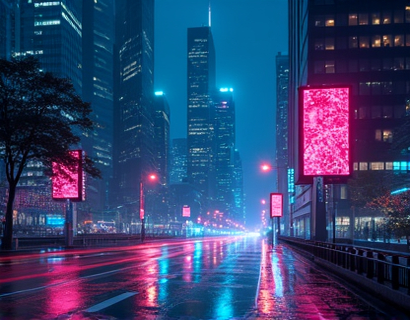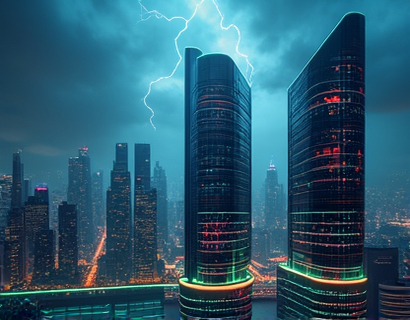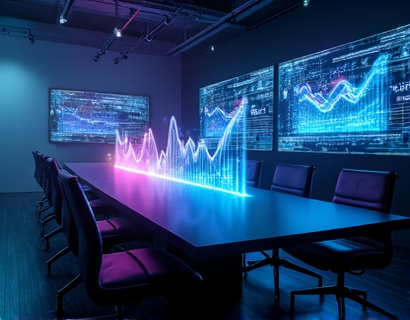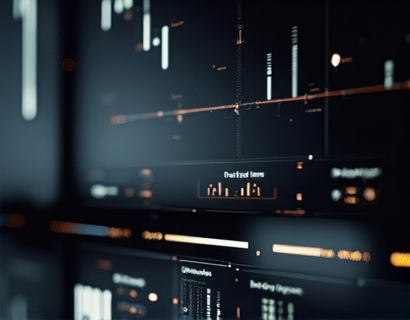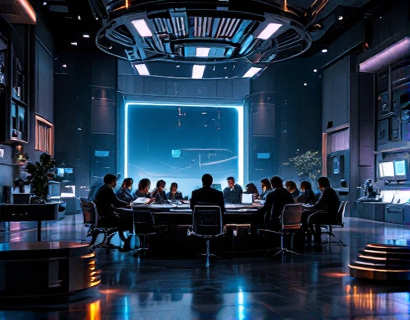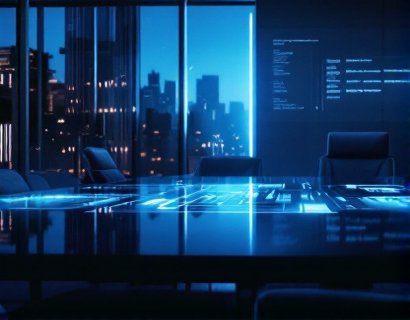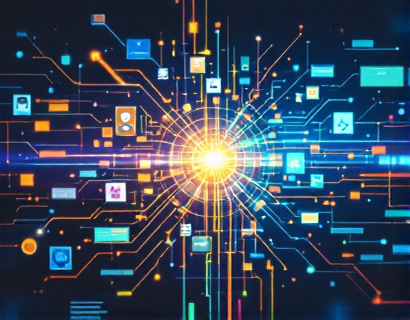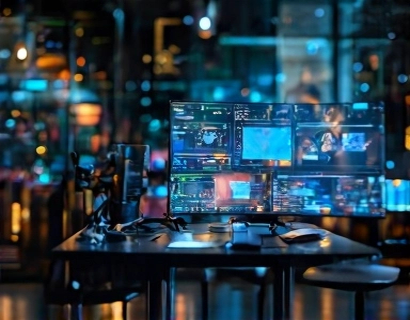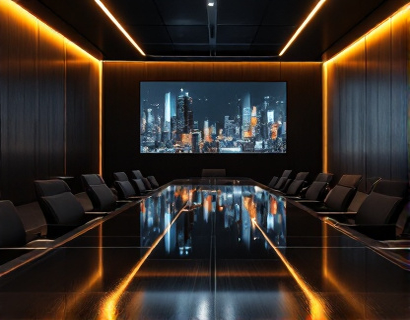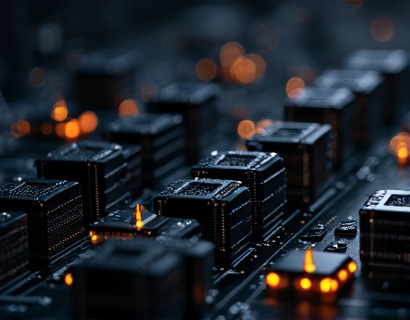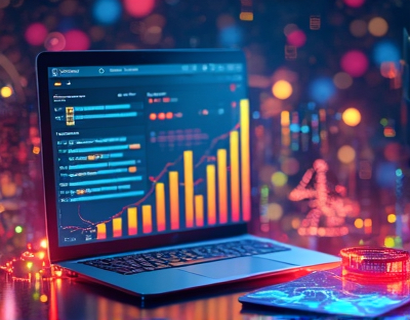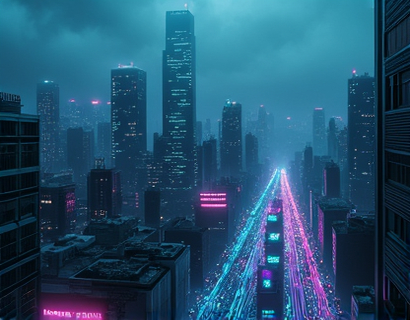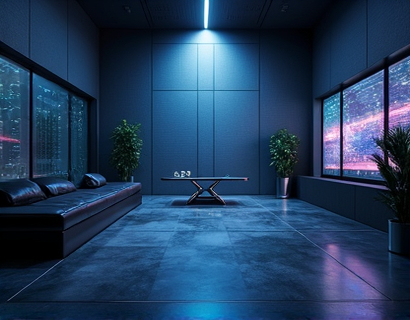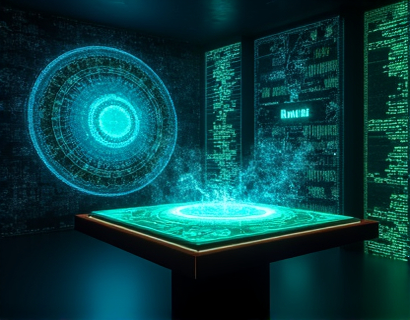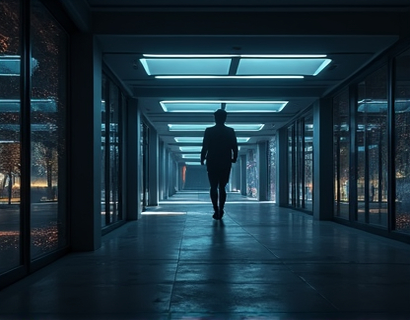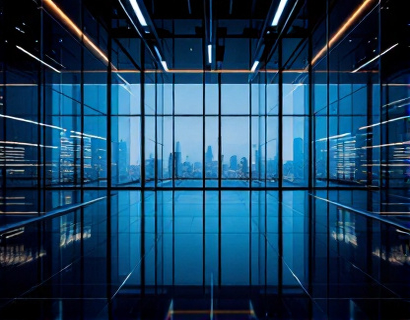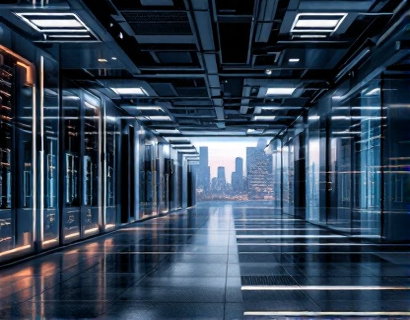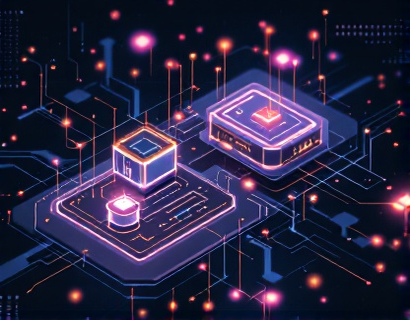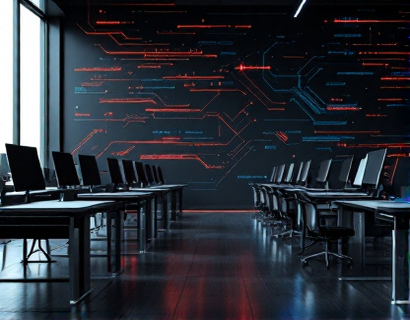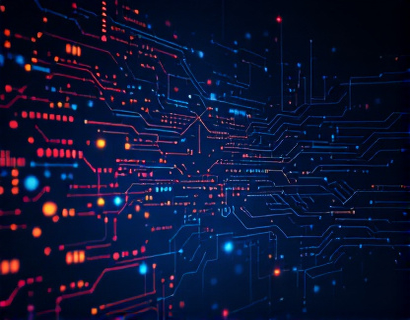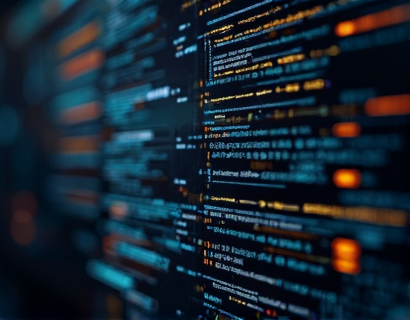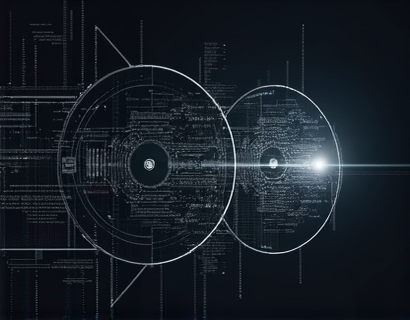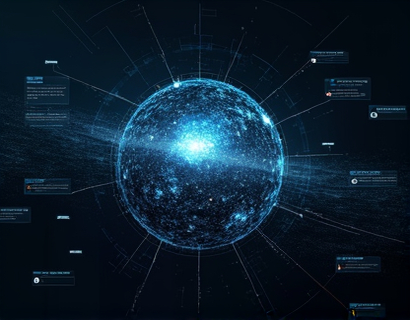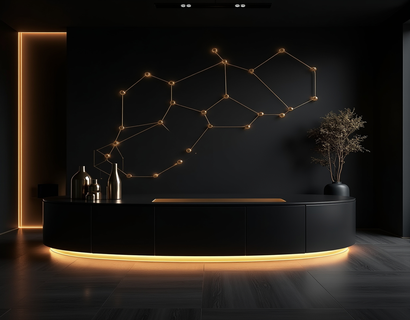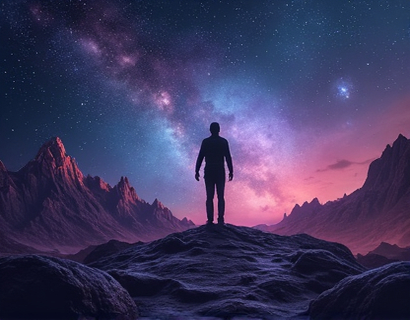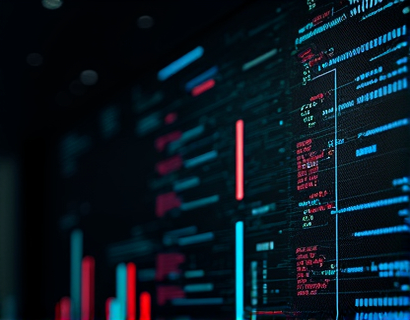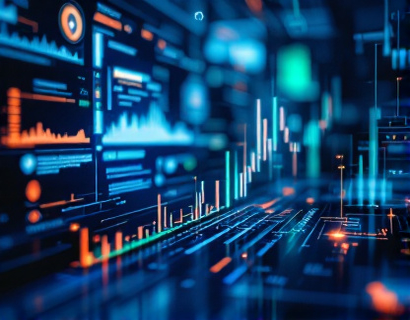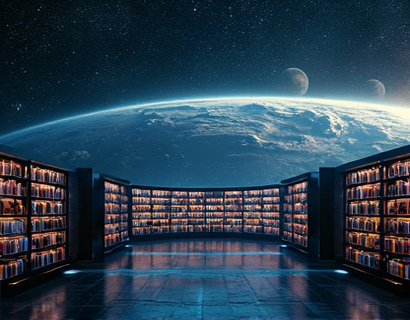AI-Powered Graphic Design: Revolutionizing Visual Creation for All
In recent years, the landscape of graphic design has undergone a significant transformation, thanks to the integration of artificial intelligence (AI) into creative tools. This shift has democratized access to professional-quality visual content, making it possible for a broader audience to create stunning graphics without extensive design knowledge or skills. The advent of intelligent online tools powered by AI has simplified the process of visual creation, enabling users to transform their creative ideas into high-quality graphics with unprecedented ease.
The traditional graphic design process involved a steep learning curve, requiring years of education, practice, and experience. Designers had to master various software applications, understand color theory, typography, and composition, and possess a keen eye for detail. For many, these barriers made professional graphic design inaccessible. However, with the emergence of AI-powered graphic design tools, these obstacles are being dismantled, allowing individuals from diverse backgrounds to engage in visual creation.
These innovative online platforms leverage advanced algorithms and machine learning to automate complex design tasks. Users can input simple text descriptions or select from predefined templates, and the AI engine generates visually appealing graphics in seconds. This technology not only saves time but also reduces the need for specialized skills, making graphic design a more inclusive and approachable field.
The impact of AI on graphic design extends beyond just creating visuals; it enhances the overall creative process. Designers and content creators can focus more on strategy and creativity, while the AI handles the technical aspects. This synergy between human creativity and machine intelligence leads to more efficient workflows and higher-quality outcomes. For instance, AI can suggest color palettes, font combinations, and layout options based on current trends and best practices, providing valuable insights to users.
One of the most significant advantages of AI-powered graphic design tools is their accessibility. No longer do small business owners, entrepreneurs, and hobbyists need to invest in expensive design software or hire professional designers. With just a few clicks, these tools empower users to produce professional-looking graphics for various purposes, from social media posts and blog headers to marketing materials and presentations. This democratization of design tools levels the playing field, allowing more voices to be heard and more ideas to be visually represented.
The versatility of these AI-driven tools is another key factor in their widespread adoption. They cater to a diverse range of users, including graphic designers, marketing professionals, small business owners, social media managers, content creators, freelancers, educators, non-profit organizations, and creative hobbyists. Each group can leverage these tools to suit their specific needs, whether it's creating branded content, designing website assets, or producing educational materials.
For graphic designers, AI-powered tools serve as powerful assistants rather than replacements. These tools can handle repetitive and time-consuming tasks, allowing designers to focus on more complex and creative aspects of their work. By automating routine processes, designers can increase their productivity and deliver higher-quality results in less time. This collaboration between human creativity and AI technology fosters innovation and opens up new possibilities in the design industry.
Marketing professionals can greatly benefit from AI-powered graphic design tools by streamlining their content creation process. With the ability to quickly generate eye-catching visuals, marketers can enhance their campaigns and maintain a consistent brand presence across various platforms. The speed and efficiency of these tools enable marketers to respond rapidly to trends and customer feedback, keeping their brand relevant and engaging.
Small business owners and entrepreneurs, who often operate with limited resources, find these tools particularly valuable. They can create professional-looking graphics without the need for a dedicated design team, reducing costs and increasing their competitive edge. Whether it's designing logos, business cards, or social media graphics, AI-powered tools provide the necessary resources to elevate their brand's visual identity.
Social media managers face the constant challenge of producing high-quality content to keep their audiences engaged. AI-powered graphic design tools offer a solution by enabling the rapid creation of visually appealing posts, stories, and ads. The ability to generate multiple design options in a short amount of time allows social media managers to experiment and find the most effective visuals for their campaigns, ultimately driving better engagement and results.
Content creators, whether they are bloggers, vloggers, or podcasters, can use these tools to enhance their content with professional-grade graphics. From infographics and thumbnails to social media visuals and email newsletters, AI-powered design tools help content creators present their material in a more attractive and professional manner. This not only improves the overall quality of their content but also increases its shareability and reach.
Educators and non-profit organizations can also benefit from these innovative tools. Creating educational materials, promotional content, and fundraising graphics becomes more accessible and efficient. These organizations can produce high-quality visuals to support their missions and communicate their messages more effectively, all while managing limited budgets and resources.
The ease of use and versatility of AI-powered graphic design tools make them suitable for a wide range of applications. Users can create graphics for personal projects, business needs, or community initiatives with equal ease. The intuitive interfaces and user-friendly designs ensure that even those with minimal design experience can produce professional-looking results. This inclusivity fosters a more creative and expressive society, where everyone has the opportunity to share their ideas visually.
Moreover, the continuous improvement of AI technology ensures that these tools become even more sophisticated over time. Machine learning algorithms learn from user interactions and feedback, refining their capabilities and expanding their features. This ongoing evolution means that users can expect even more advanced and user-friendly tools in the future, further lowering the barriers to entry for graphic design.
The environmental impact of AI-powered graphic design tools is another noteworthy aspect. Traditional design methods often involve the use of physical materials, printing processes, and travel for meetings, contributing to a larger carbon footprint. In contrast, digital design tools reduce the need for physical resources and enable remote collaboration, making the design process more sustainable. This shift aligns with the growing emphasis on eco-friendly practices in various industries.
In conclusion, AI-powered graphic design tools are revolutionizing the way we create visual content. By making advanced design capabilities accessible to everyone, these tools are breaking down barriers and fostering a more inclusive creative landscape. Whether you are a seasoned designer, a small business owner, or a passionate hobbyist, these innovative online tools offer the power to transform your ideas into professional-quality graphics with ease. As technology continues to advance, the future of graphic design looks brighter and more democratized than ever before.




